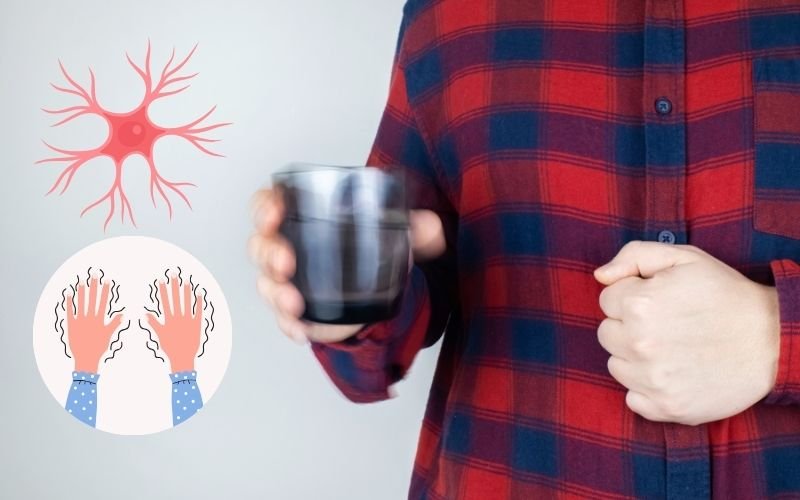Hirayama disease is a rare neurological condition that mainly affects young people in their teenage or early adult years. It often causes weakness in one hand or arm, which can slowly progress before eventually becoming stable. Though the condition may sound frightening at first, many patients live long, healthy lives after diagnosis. This guide will explore the Hirayama disease life expectancy, what causes the disease, how it is diagnosed, and the most effective ways to manage and treat it.
Understanding Hirayama disease is important for anyone affected by it. With accurate information and proper care, people can make better decisions about their health. If you or a loved one has been recently diagnosed this article by neurology specialist at best brain hospital in Delhi, will help you feel more prepared for the journey ahead
What Is Hirayama Disease?
Hirayama disease is a form of motor neuron disease that affects the spinal cord. It typically impacts males between 15 and 25 years old. It causes muscle weakness and wasting, usually in the forearms and hands. The condition is non-progressive after a few years, meaning it worsens for a short period and then becomes stable.
This disease is sometimes called monomelic amyotrophy. Doctors believe that repeated bending of the neck causes the spinal cord to be compressed. This compression limits blood flow and causes damage to nerve cells. The exact reason why it happens is still being studied.
Key Hirayama Disease Symptoms
Recognising Hirayama disease symptoms early can help prevent long-term damage. The disease may appear suddenly or start slowly. The most common signs include:
- Gradual weakness in one hand or forearm
- Visible muscle loss in the hand or wrist
- Difficulty lifting light objects
- Cold sensitivity in the affected arm
- Shaking or tremors in the fingers
- Loss of grip strength
Usually, these symptoms appear in just one limb. In rare cases, both sides are affected. Most people feel no pain, but they may worry about how fast the weakness spreads. The disease often reaches a stable stage within five years of its first sign.
Diagnosing Hirayama Disease with Radiology
Doctors use Hirayama disease radiology to confirm the condition. MRI scans play a vital role in this process. A special type of scan, taken while the neck is flexed forward, shows how the spinal cord moves. It helps doctors see if the cord is being pushed or if there’s swelling or loss of fluid.
MRI tests may show:
- Spinal cord flattening during neck flexion
- A crescent-shaped area behind the spinal cord
- Compression that disappears when the neck is straight
In many cases, doctors also do nerve tests like EMG (electromyography) to see how the muscles react. These tests confirm if the problem is nerve-related and not caused by bone or joint issues.
Long-Term Hirayama Disease Life Expectancy
The biggest question for many patients is: how long will I live with this disease? The good news is that Hirayama disease life expectancy is generally normal. This condition does not affect the brain, heart, or lungs. Once the symptoms stop progressing, patients can live a full life without additional problems.
Because the disease targets only specific nerves and usually stabilizes, it is not fatal. However, the weakness can make everyday tasks harder. With support and the right treatment plan, most people return to normal activities, go to school, work, and raise families without major limitations.
Even though the disease itself doesn’t shorten life, it’s important to monitor the symptoms closely and maintain regular check-ups with a neurologist. Proper care can improve both function and quality of life.
Best Practices for Hirayama Disease Treatment
There is no cure yet for Hirayama disease, but there are ways to manage it well. The goal of Hirayama disease treatment is to stop the condition from getting worse and help the patient regain muscle use and strength.
Here are the most common treatment options:
1. Cervical Collar
A soft or hard neck collar helps limit neck bending, especially during the active phase. It keeps the spinal cord from being compressed while healing. Most doctors recommend wearing it for 3–4 years after symptoms start.
2. Physiotherapy
Physical therapy helps strengthen weak muscles. Gentle stretches and hand exercises improve mobility. Therapists focus on improving grip and preventing stiffness in joints.
3. Medications
Though no specific drug treats Hirayama disease, doctors may give pain relievers or muscle relaxants if needed. In some cases, steroids or blood-flow-improving medicines help reduce inflammation in the spinal cord.
4. Surgery (In Rare Cases)
If the condition keeps getting worse even with a collar, surgery may be advised. Procedures such as spinal fusion or dura tightening can stop the spinal cord from shifting. These are only done in severe cases.
Living with Hirayama Disease: Tips for Daily Life
Once the condition stabilizes, most patients learn to live with the remaining weakness. While the journey may be slow, people find ways to adapt. Here are a few lifestyle tips that help:
- Avoid sudden neck movements
- Use ergonomic chairs and desks
- Practice regular arm exercises
- Stay warm to reduce cold-related weakness
- Eat healthy meals that support nerve health
Counseling and emotional support can also help patients feel confident. Joining support groups and speaking with others who have the disease can ease the stress of dealing with a rare condition.
Hirayama disease is rare, but it is not life-threatening. With early detection, the right treatment, and lifestyle care, most people go on to live full, productive lives. Understanding your condition helps you face it with strength and knowledge.
If you or your child is showing signs like weak grip or shrinking hand muscles, seek help fast. Through timely hirayama disease radiology, neurologists can confirm the diagnosis and begin treatment.
For specialized care, Primus Hospital in Delhi offers advanced support for rare neurological conditions. Our expert team handles Hirayama disease treatment, physical therapy, and diagnostic imaging under one roof.













